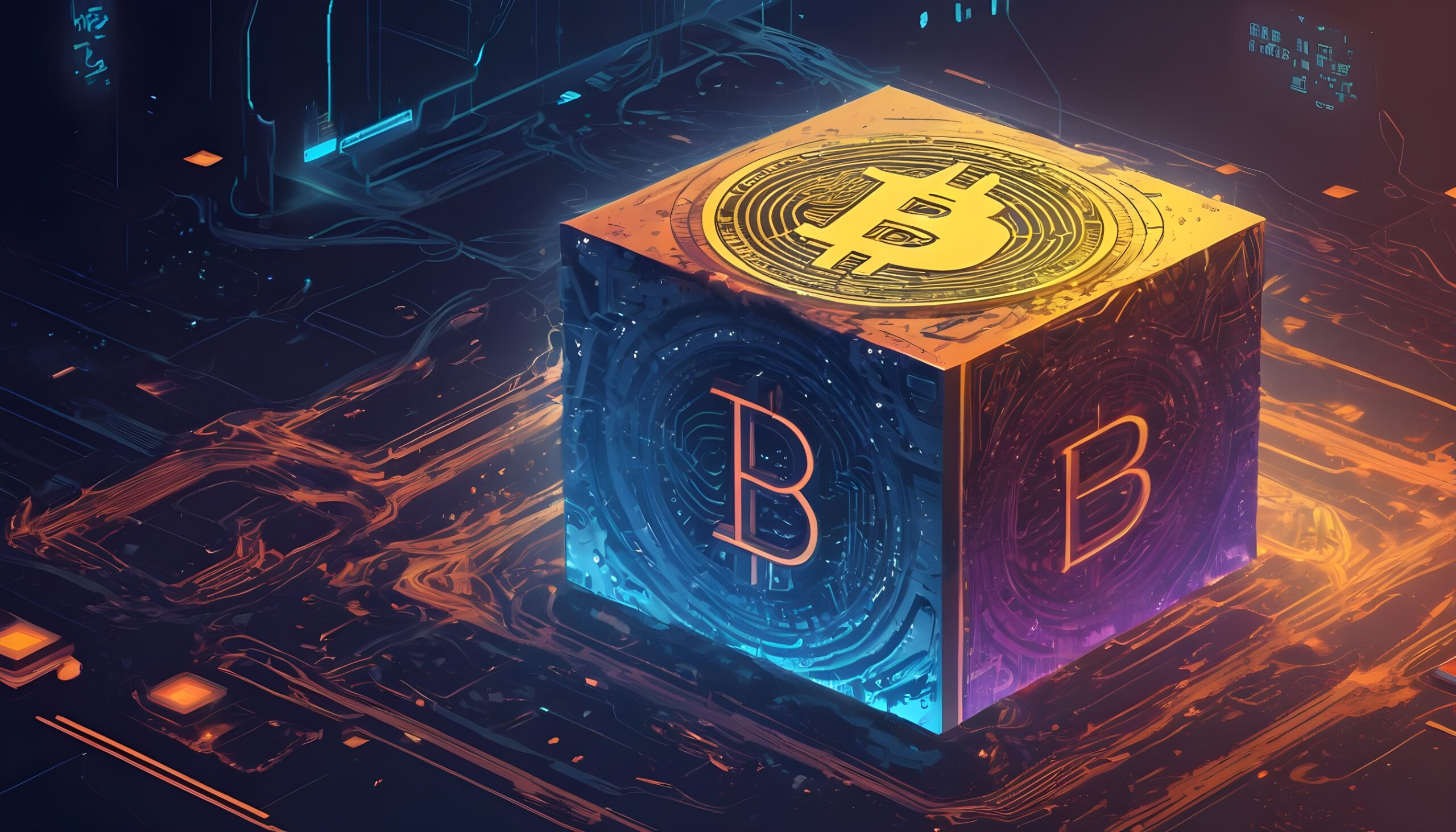A block reward is the cryptocurrency coins awarded to a miner or mining pool for successfully adding a new block to the blockchain. It serves as an incentive mechanism that both compensates miners for the computational expenditures involved in crypto mining and introduces new token supply into circulation.
This guide explores what goes into block rewards, why they matter, how their amounts are determined, and how they have changed over time.
The Importance of Block Rewards
- Incentivize Mining: Computing the complex cryptographic calculations needed to add blockchain ledger entries requires specialized hardware and consumes electricity. By offering a payout in the form of crypto tokens, block rewards give miners an economic reason to keep supporting network operations.
- Control Token Supply: The rate and quantity of block rewards strongly influence the total supply curve and inflation rate of a cryptocurrency. Most networks are designed with a fixed or tapered reward scheme to systematically grow the circulating supply.
- Enable Security: Higher block rewards draw more miners. Since mining power correlates with the network’s overall security, reasonable rewards are needed to protect against 51% attacks or other exploits by maintaining resilient cumulative hashing power.
- Anchor Value: Block rewards provide the original source of new cryptocurrency tokens entering the ecosystem. The amount gifted to miners forms the baseline economic cost to initially obtain newly minted coins and ripples out into valuation models.
Components of a Block Reward
A standard block reward has two primary components – the base reward and the fees layer. The base reward is a fixed amount of native cryptocurrency tokens that goes to the miner or pool that solves the proof-of-work puzzle and adds the next block to the blockchain. It constitutes the regular predictable income for successful mining.
Transactions processed within the new block usually carry fees designated for the miner to prioritize confirming that activity. These fees exist on top of the base reward value. Higher network usage drives up total fees, making mining potentially more profitable.
So, for each new block:
Block Reward = Base Mining Reward + Aggregated Transaction Fees
How is a Block Reward Calculated?
The base mining reward component stays constant over a set number of blocks before reducing by a predefined amount in line with the cryptocurrency’s issuance scheme. This gradual step down and ultimate cap induces controlled supply scarcity over time.
The key factors that determine the base reward amount include:
- Initial and Final Supply Targets: Networks like Bitcoin aim for capped supply, necessitating gradually tighter emissions as the limit approaches. The percentage by which it declines depends on having enough remaining rewards to dispense until terminating at the maximum supply figure.
- Mining Participation Incentives: Keeping base rewards sufficiently high to attract miners requires estimating future hash rates and hardware costs to model participant incentive thresholds at different junctures.
- Security Thresholds: Analyzing historical network attack costs and projections on hashing power growth lets cryptocurrency architects calibrate base rewards to adequately incentivize protection appropriate for the value at stake.
Putting this together, cryptocurrency engineers develop specialized mathematical models to inform the optimal block reward amount and decay curve between the launch of mining and the intended conclusion of rewards.
Bitcoin Block Reward Example
When originally launched in 2009, Bitcoin had a base reward of 50 BTC per block discovered by miners. According to the Bitcoin source code, this amount halves every 210,000 blocks which works out to roughly once every four years.
We can calculate the halving mathematically as:
50 BTC / (2 ^ (Number of 210,000 Block Cycles Elapsed))
Here is the evolution of Bitcoin’s base block reward over time:
2009-2012: 50 BTC per block 2012-2016: 25 BTC per block 2016-2020: 12.5 BTC per block 2020-2024: 6.25 BTC per block
Incorporating average transaction fees earned by miners, here are examples of total block rewards over time:
- 2009: 50 BTC (No fees when launched)
- 2015: 25 BTC + 0.7 BTC in fees = 25.7 BTC average reward
- 2022: 6.25 BTC + 1.2 BTC in fees = 7.45 BTC average reward
According to projections, Bitcoin’s post-halving emissions along with transaction fee payouts will drive final supply by 2140 to be 20,999,999.9769 BTC – just shy of the 21 million maximum cap imposed in the code.
Evolution of Block Rewards
Across both proof-of-work and proof-of-stake systems, block rewards have evolved in function alongside cryptocurrency advancement:
- Bootstrapping Adoption: Early on, extravagant block rewards over 50-100 tokens kickstarted nascent networks by spurring rapid spread to miners and transaction validators essential for infrastructure.
- Transition to Fees: As adoption grows, base emissions taper down gradually in function of the remaining final token supply. Eventually, fees overtake subsidies for self-sustainability.
- Reward Destinations: From originally just miners, block rewards now also apply to stakers, core developers, storage providers, and – distributing value across crucial ecosystem participants.
Despite changes in form and recipients, block rewards preserve the foundational role of incentivizing network servicing to realize a cryptocurrency’s intended functionality.
Specialized Block Reward Programs
Beyond baseline consensus layer block rewards, some cryptocurrencies implement specialized secondary reward schemes to further important goals:
- ASIC-Resistance Rewards: Coins like Monero and ZCash use algorithmically adjusted rewards to incentivize CPU miners and frustrate efficiency optimizations by fixed-function ASICs to preserve decentralization.
- Developer Funding: Cutting-edge networks like Polkadot and Cardano tap block rewards to finance grants, salaries, and research that continuously evolves ecosystem tooling at no cost to users.
- Platform Rewards: Utility tokens for services like decentralized storage and computing networks allocate block rewards toward users that contribute disk space or GPU cycles respectively to the network.
- Staking Derivatives: “Liquid staking” networks offer tokenized staking derivatives that let holders earn a proportional share of the underlying block rewards without locking assets or running infrastructure.
These special integrations demonstrate the flexibility of block rewards to enable unique value flows beyond just simple mining subsidies.
In conclusion, block rewards originated as a means of financially jumpstarting the all-important mining infrastructure to support a fledgling cryptocurrency network. Today they act not just as operating subsidies for transaction validators across proof-of-work and proof-of-stake systems, but as levers fine-tuned to optimize ecosystem participation, functionality, and protection based on careful projections.





